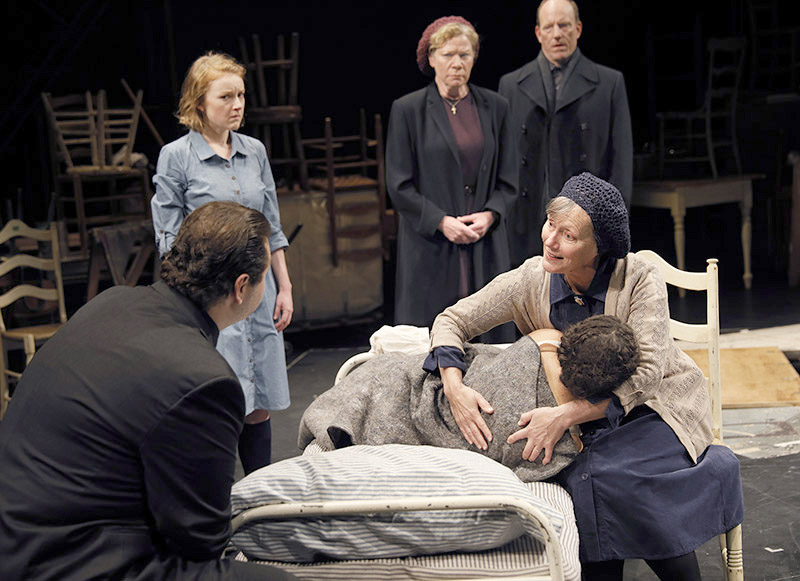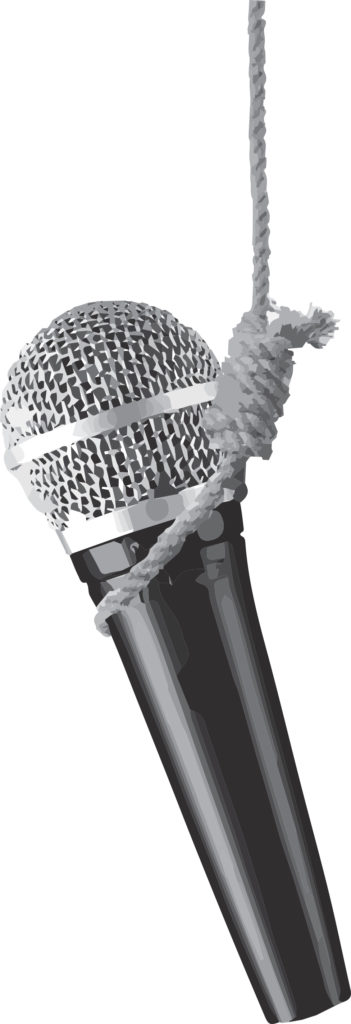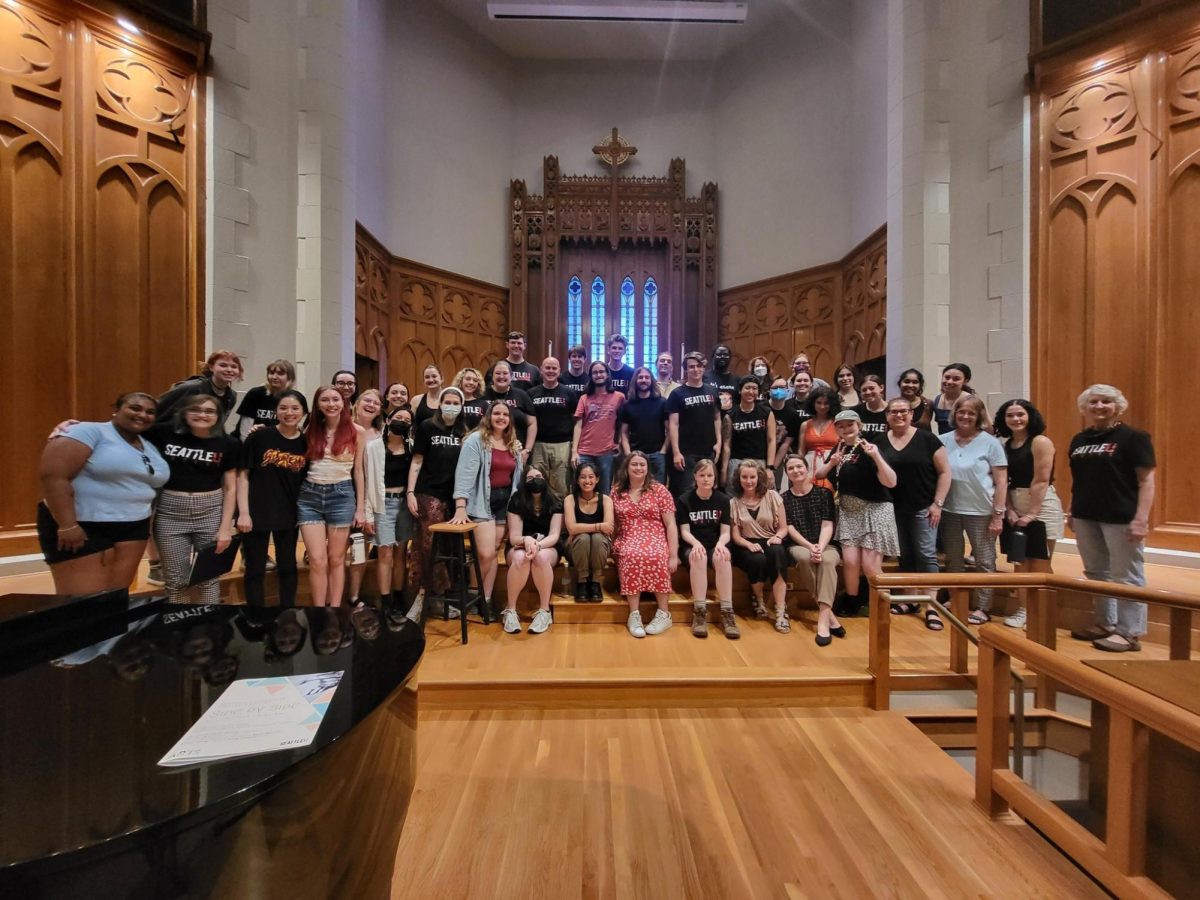For many high school and college students across the United States, a mention of “The Crucible”—a theatrical adaptation of the Salem Witch Trial—brings back memories of English classes filled with 1600s-era costumes and a three-hour-long play that never seemed to end.
I had never read Arthur Miller’s 1953 play. All I knew about it was that it was set in the late 17th century, that there was someone in it named John Proctor and that it evoked horror from my peers in high school. When I told my friends I was going to see “The Crucible”, I heard a chorus of “I hated that book!” and “That sounds boring.”
Sitting down for the show, I was expecting to see a history lesson about Salem—complete with tall pilgrim-style hats. What I wasn’t expecting to see from the A Contemporary Theatre (ACT) production of “The Crucible” was an engaging story, reimagined from its original form into a contemporary production with eccentric set design and modern costumes—there wasn’t even a pilgrim hat in sight. This process of modernizing shows is becoming increasingly popular, even at Seattle University with the upcoming production of “Mother Courage and her Children.”
The most noticeable thing about ACT’s theatrical space is the chairs. Gone is the period-style street set from the original production. In its place, there are a variety of different chairs and stools scattered along the back half of the stage. The chairs are used to represent the citizens of Salem—when one is hanged, a metal chair falls from the ceiling, tied to a noose.
When a witch is accused, their name is written on the wall or floor in chalk. When they are hanged for their crime, the name is crossed off and a chair falls. Chalk is spread everywhere; it ends up on the wall, the floor and the cast’s costumes by the closing of the play. Neither the chairs nor the chalk is present in Miller’s original production; it is through this contemporary reimagining that these elements are revealed.
The costumes also reveal to the audience that this not a traditional showing of “The Crucible.” The four women who accuse people of witchcraft are played by Sylvie Davidson, Emilie Hanson, Claudine Mboligikpelani Nako, and Hannah Mootz. These women abandon their traditional long gowns and bonnets for shorter blue dresses. Paul Morgan Stetler, who plays John Proctor, wears a flannel and jeans instead of a 17th century outfit.
ACT’s “The Crucible” also adds a contemporary spin to the way the performers portray their characters. The original story depicts the female characters as subservient, always obeying the men in their lives and never speaking for themselves. But in the contemporary production, Elizabeth “Goody” Proctor is no longer the quiet subservient wife of John Proctor. She speaks her mind when she needs to, protects her family and makes her own decisions about what is good and what is evil. Modifications like this one help deliver a feminist alternative to the original story.
“The Crucible” also features several actors of color: Khahn Doan as Goody Proctor, Emilie Hanson as Betty Paris, and William Hall Jr. as Giles Corey. The diversity of actors not only shows the modern take on this production, but illuminates the major steps “The Crucible” has taken in diversity. In Miller’s original 1953 production, all the actors were white.
Ms. Rosa Joshi, director of the Seattle U production of “Mother Courage and her Children”, is also delivering a contemporary reimagining of an original production.
“[Mother Courage and her Children] is set during the Hundred Years’ War during the 1600s, but the period that we’re setting it in doesn’t reflect the 1600s,” Joshi said. “We are drawing from different periods, so that the visual world of the play is a reflection on the idea of war in general.”
If classic theater productions still bring up boring high school memories, it may be time to pay those stories another visit. A Contemporary Theatre’s production of “The Crucible” is running until Nov. 12 at the ACT’s theatre complex at 700 Union St.. Tickets can be found on ACT’s website. The Seattle U production of “Mother Courage and her Children” begins Nov. 9 at Lee Center for the Arts, located at 901 12th Ave. Tickets can be found at the Lee Center box office.
The editor may be reached at
[email protected]













